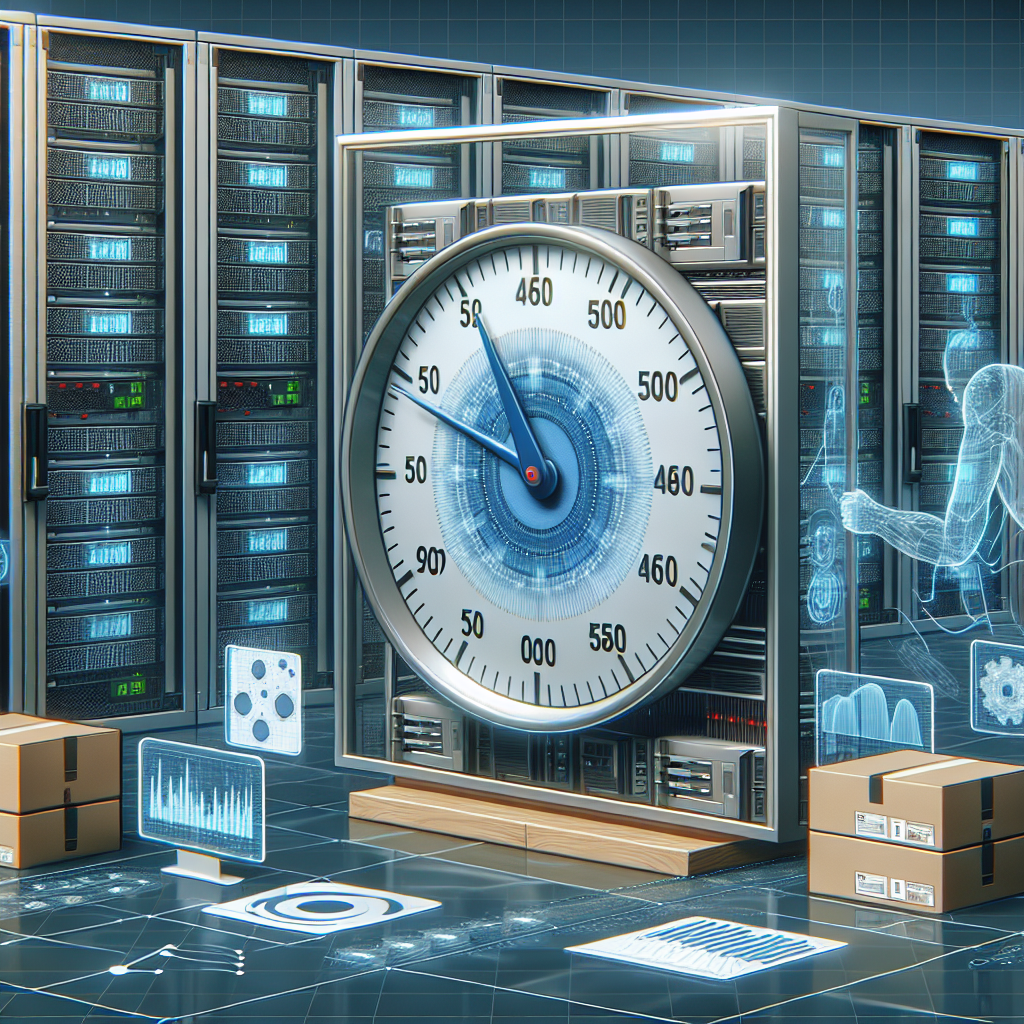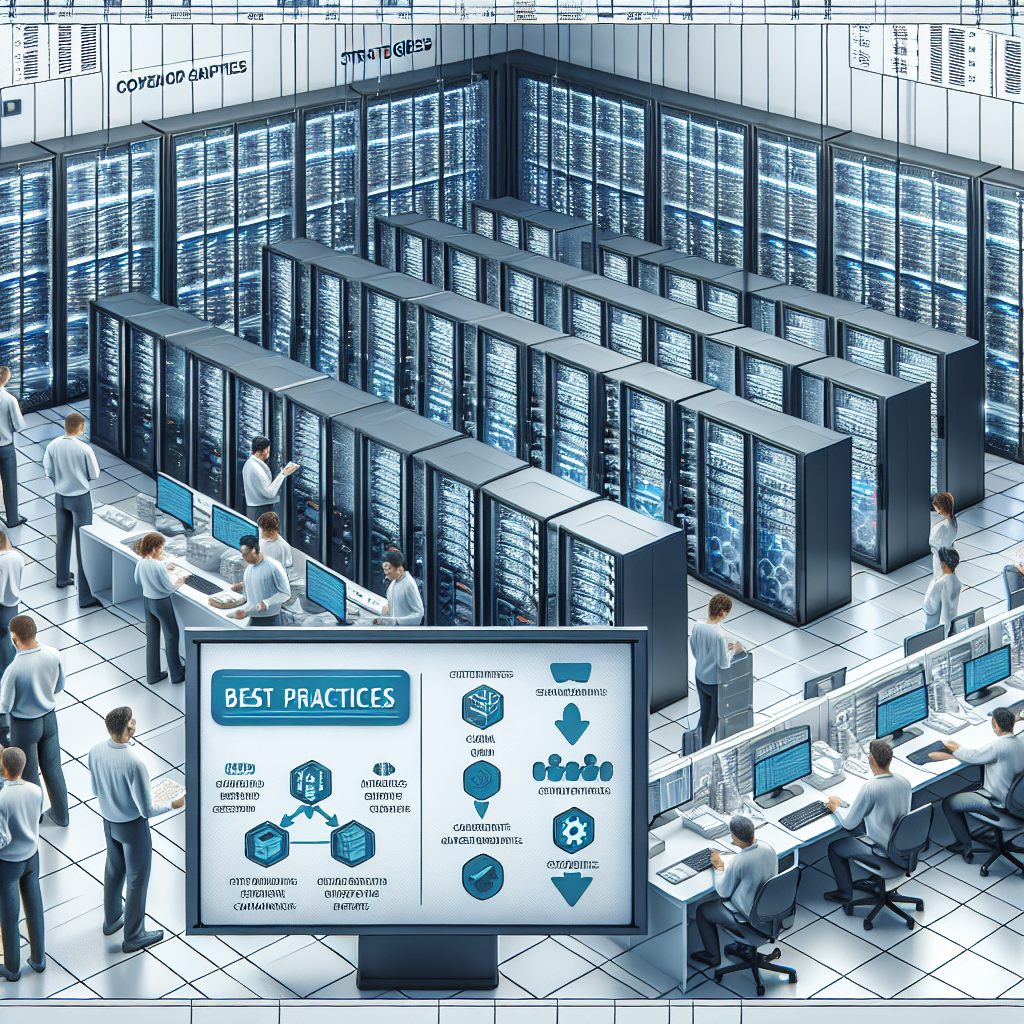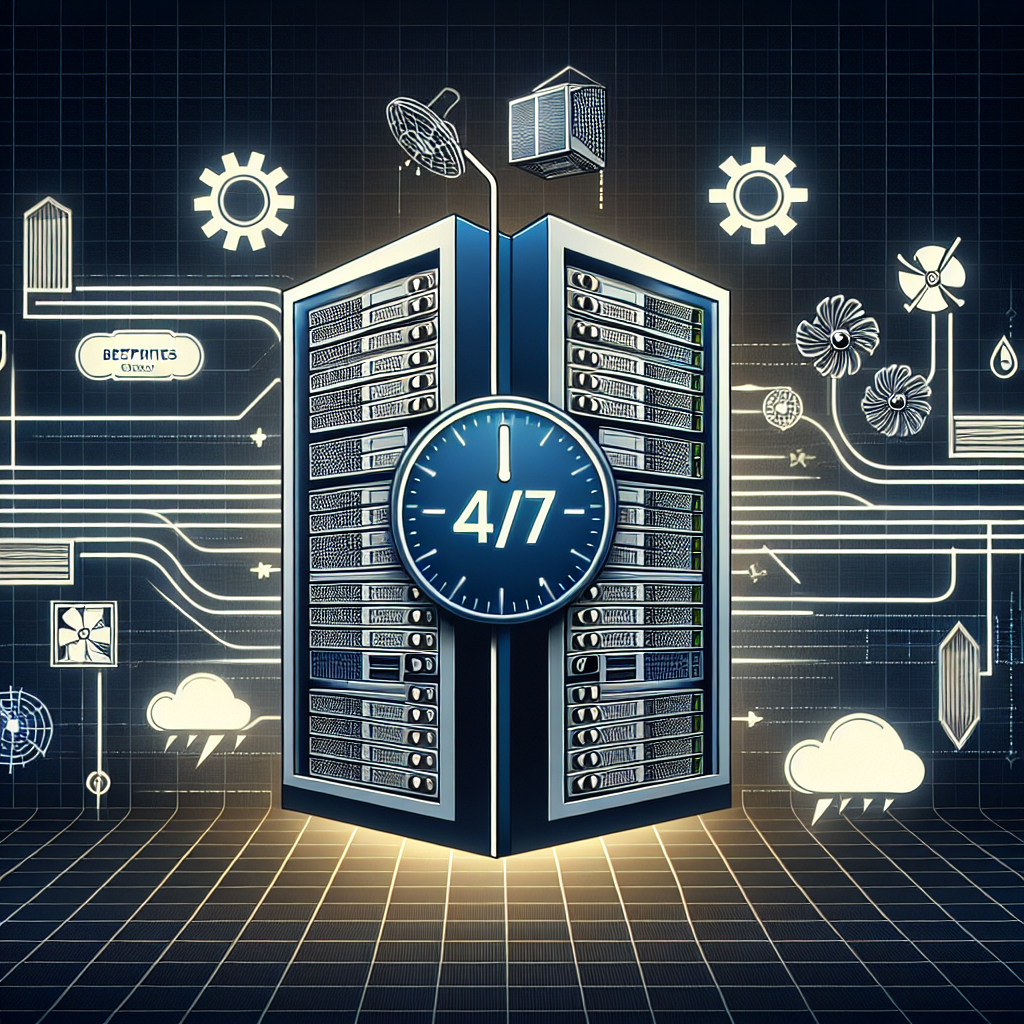In today’s digital age, data centers play a crucial role in ensuring the smooth operation of businesses and organizations. With the increasing reliance on technology, downtime in a data center can have a significant impact on operations, leading to lost revenue and potential damage to the reputation of the organization. Achieving 99.999% uptime in your data center is essential to ensure the smooth operation of your business and maintain the trust of your customers.
Here are some key strategies to help you achieve 99.999% uptime in your data center:
1. Invest in Redundant Power Systems: One of the most common causes of downtime in data centers is power outages. Investing in redundant power systems, such as backup generators and uninterruptible power supply (UPS) units, can help ensure that your data center remains operational even in the event of a power outage.
2. Implement Redundant Cooling Systems: In addition to power outages, overheating can also lead to downtime in data centers. Implementing redundant cooling systems, such as air conditioning units and cooling towers, can help maintain the optimal temperature in your data center and prevent equipment failures due to overheating.
3. Regularly Maintain and Monitor Equipment: Regular maintenance and monitoring of equipment, such as servers, switches, and routers, can help identify potential issues before they cause downtime. Implementing a proactive maintenance schedule and using monitoring tools can help ensure that your equipment is running smoothly and reduce the risk of unexpected failures.
4. Implement a Comprehensive Disaster Recovery Plan: In the event of a catastrophic event, such as a natural disaster or cyber-attack, having a comprehensive disaster recovery plan in place is essential to minimize downtime and ensure the continuity of your operations. Regularly testing your disaster recovery plan and updating it as needed can help ensure that your data center is prepared for any eventuality.
5. Utilize High Availability Solutions: Implementing high availability solutions, such as clustering and load balancing, can help ensure that your data center remains operational even in the event of hardware failures or network issues. These solutions distribute workloads across multiple servers or devices, reducing the risk of downtime due to a single point of failure.
By following these key strategies, you can increase the uptime of your data center and ensure the smooth operation of your business. Achieving 99.999% uptime is a challenging goal, but with the right investments in technology and proactive maintenance practices, you can minimize the risk of downtime and maintain the trust of your customers.










